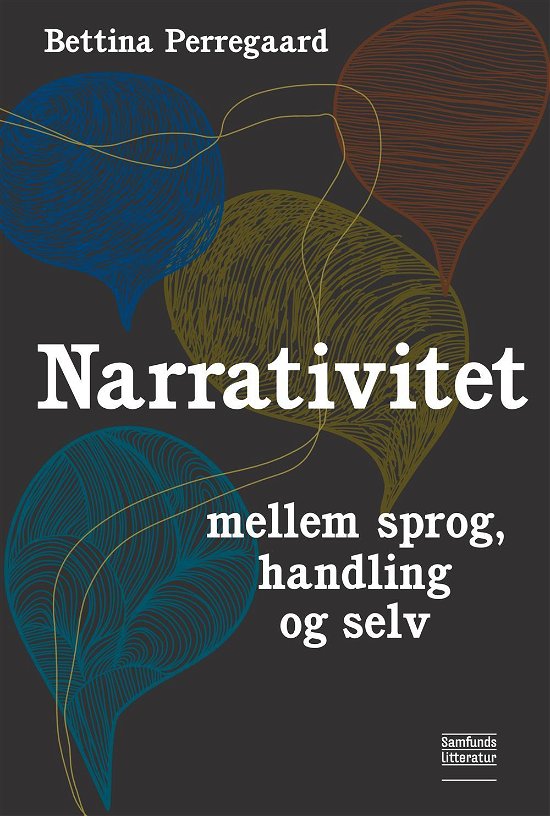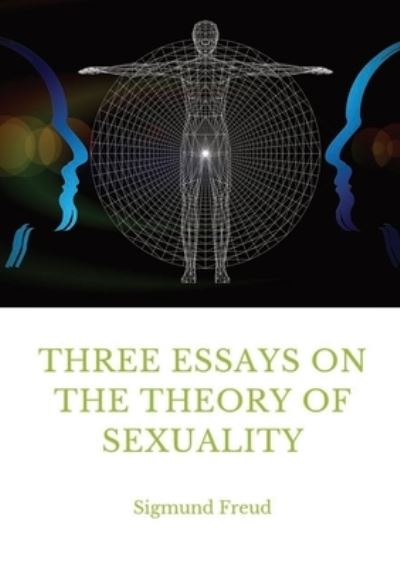
Faites connaître cet article à vos amis:
Three Essays on the Theory of Sexuality: A 1905 work by Sigmund Freud, the founder of psychoanalysis, in which the author advances his theory of sexuality, in particular its relation to childhood.
Sigmund Freud
Three Essays on the Theory of Sexuality: A 1905 work by Sigmund Freud, the founder of psychoanalysis, in which the author advances his theory of sexuality, in particular its relation to childhood.
Sigmund Freud
Three Essays on the Theory of Sexuality by Sigmund Freud
Three Essays on the Theory of Sexuality (German: Drei Abhandlungen zur Sexualtheorie), sometimes titled Three Contributions to the Theory of Sex, is a 1905 work by Sigmund Freud, the founder of psychoanalysis, in which the author advances his theory of sexuality, in particular its relation to childhood. Freud's book covered three main areas: sexual perversions childhood sexuality and puberty. The Sexual AberrationsFreud began his first essay, on "The Sexual Aberrations", by distinguishing between the sexual object and the sexual aim - noting that deviations from the norm could occur with respect to both. The sexual object is therein defined as a desired object, and the sexual aim as what acts are desired with said object. Discussing the choice of children and animals as sex objects - pedophilia and bestiality - he notes that most people would prefer to limit these perversions to the insane "on aesthetic grounds" but that they exist in normal people also. He also explores deviations of sexual aims, as in the tendency to linger over preparatory sexual aspects such as looking and touching. Turning to neurotics, Freud emphasised that "in them tendencies to every kind of perversion can be shown to exist as unconscious forces...neurosis is, as it were, the negative of perversion". Freud also makes the point that people who are behaviorally abnormal are always sexually abnormal in his experience but that many people who are normal behaviorally otherwise are sexually abnormal also. Freud concluded that "a disposition to perversions is an original and universal disposition of the human sexual instinct and that...this postulated constitution, containing the germs of all the perversions, will only be demonstrable in children". Infantile SexualityHis second essay, on "Infantile Sexuality", argues that children have sexual urges, from which adult sexuality only gradually emerges via psychosexual development. Looking at children, Freud identified many forms of infantile sexual emotions, including thumb sucking, autoeroticism, and sibling rivalry. The Transformations of PubertyIn his third essay, "The Transformations of Puberty" Freud formalised the distinction between the 'fore-pleasures' of infantile sexuality and the 'end-pleasure' of sexual intercourse. He also demonstrated how the adolescent years consolidate sexual identity under the dominance of the genitals. SummaryFreud sought to link to his theory of the unconscious put forward in The Interpretation of Dreams (1899) and his work on hysteria by positing sexuality as the driving force of both neuroses (through repression) and perversion. In its final version, the "Three Essays" also included the concepts of penis envy, castration anxiety, and the Oedipus complex.
94 pages
| Médias | Livres Paperback Book (Livre avec couverture souple et dos collé) |
| Validé | 14 octobre 2020 |
| ISBN13 | 9782382746912 |
| Éditeurs | Les Prairies Numeriques |
| Pages | 94 |
| Dimensions | 210 × 147 × 9 mm · 113 g |
| Langue et grammaire | English |
| Traducteur | Strachey, James |
Plus par Sigmund Freud
D'autres ont aussi acheté
Voir tous les Sigmund Freud ( par ex. Paperback Book , Book , Hardcover Book , Sewn Spine Book et CD )



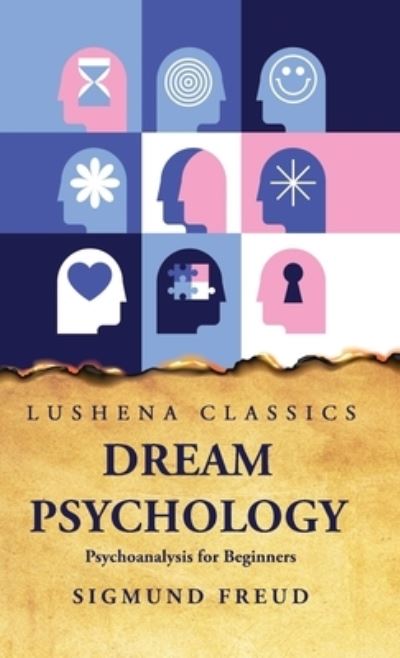



![Cover for Sigmund Freud · Klassikere: Kærlighedslivets psykologi. En illusions fremtid (Sewn Spine Book) [2e édition] (2023)](https://imusic.b-cdn.net/images/item/original/608/9788702401608.jpg?sigmund-freud-2023-klassikere-kaerlighedslivets-psykologi-en-illusions-fremtid-sewn-spine-book&class=scaled&v=1676490063)
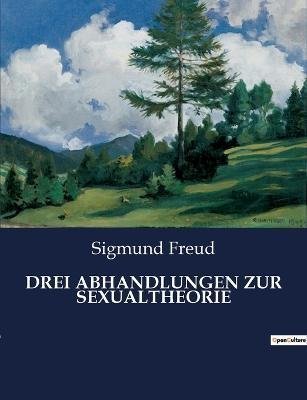
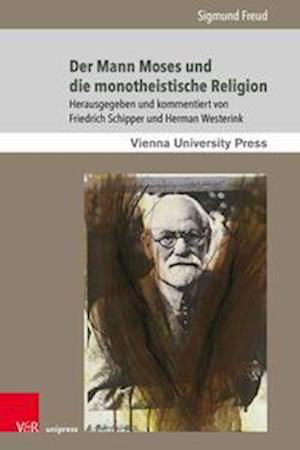






![Cover for Sigmund Freud · Hverdagslivets psykopatologi (Sewn Spine Book) [1er édition] (2024)](https://imusic.b-cdn.net/images/item/original/506/9788711833506.jpg?sigmund-freud-2024-hverdagslivets-psykopatologi-sewn-spine-book&class=scaled&v=1506001638)
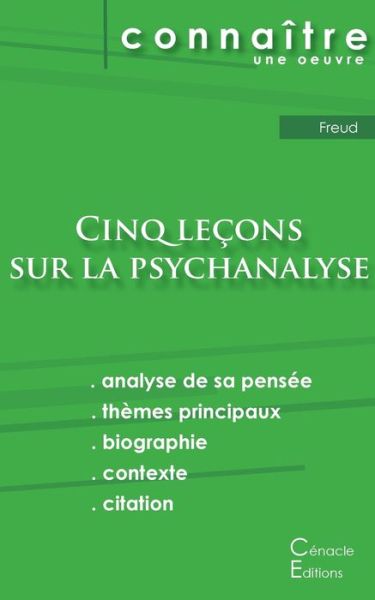
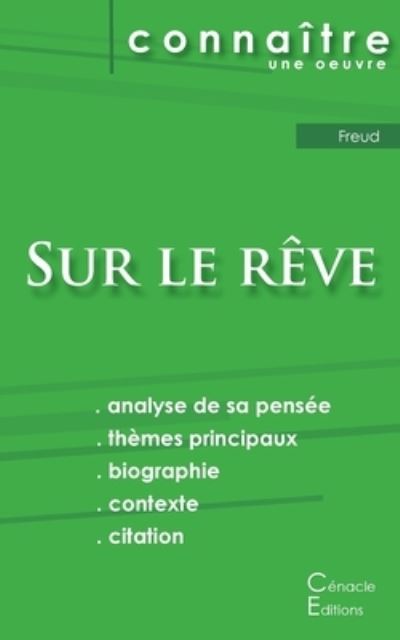

![Cover for Sigmund Freud · Psychopathologie de la vie quotidienne: Livre audi (Book) [Digipack] (2024)](https://imusic.b-cdn.net/images/item/original/984/9782356414984.jpg?sigmund-freud-2024-psychopathologie-de-la-vie-quotidienne-livre-audi-book&class=scaled&v=1547061799)

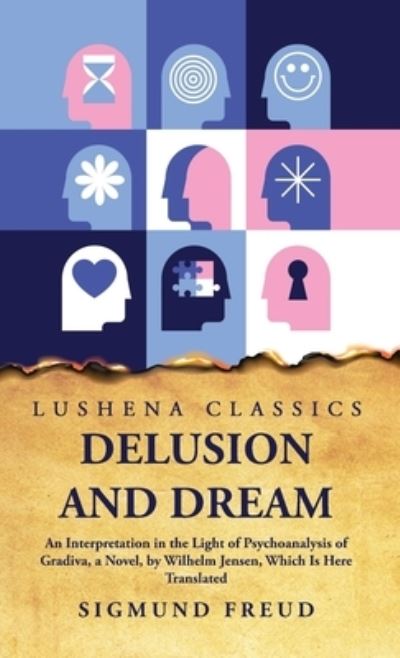

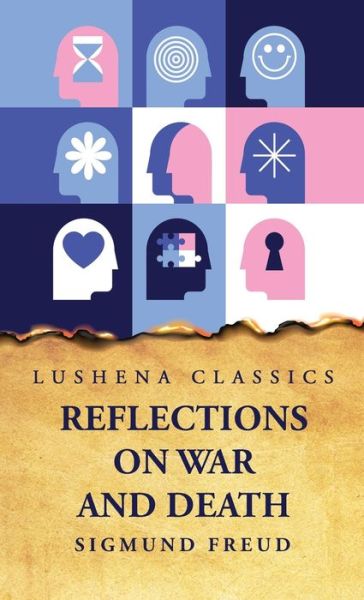

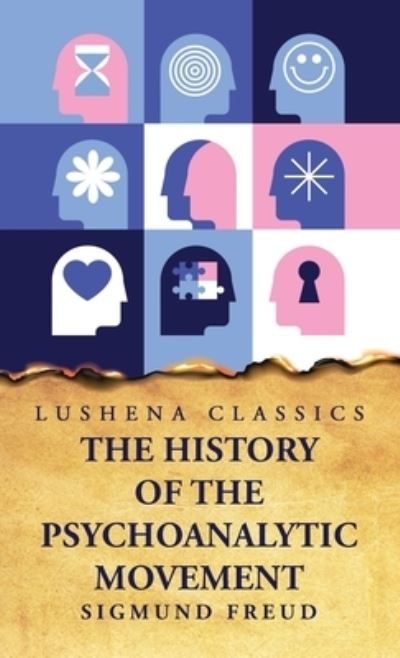





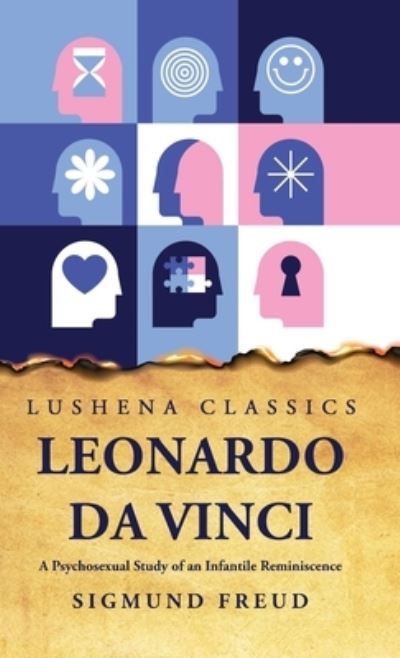
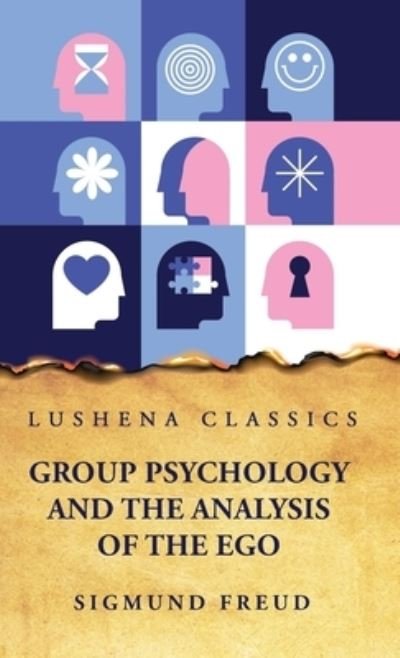

![Cover for Frédéric Gros · Gå! (Sewn Spine Book) [1er édition] [Indbundet] (2015)](https://imusic.b-cdn.net/images/item/original/098/9788774672098.jpg?frederic-gros-2015-gaa-sewn-spine-book&class=scaled&v=1431037653)

![Cover for David Graeber · Debt: The First 5,000 Years, Updated and Expanded (Paperback Book) [2 Revised edition] (2014)](https://imusic.b-cdn.net/images/item/original/196/9781612194196.jpg?david-graeber-2014-debt-the-first-5-000-years-updated-and-expanded-paperback-book&class=scaled&v=1414474350)




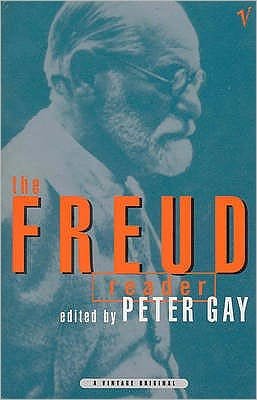
![Cover for Peter Nielsen · Med fortællingen går jeg i døden (Sewn Spine Book) [1er édition] (2021)](https://imusic.b-cdn.net/images/item/original/410/9788793772410.jpg?peter-nielsen-2021-med-fortaellingen-gaar-jeg-i-doeden-sewn-spine-book&class=scaled&v=1614026718)
![Cover for Carol J. Clover · Men, Women, and Chain Saws: Gender in the Modern Horror Film - Updated Edition - Princeton Classics (Paperback Book) [Updated edition] (2015)](https://imusic.b-cdn.net/images/item/original/292/9780691166292.jpg?carol-j-clover-2015-men-women-and-chain-saws-gender-in-the-modern-horror-film-updated-edition-princeton-classics-paperback-book&class=scaled&v=1512986150)
![Cover for Paul Auster · The New York Trilogy: Faber Modern Classics (Paperback Book) [Main - Faber Modern Classics edition] (2015)](https://imusic.b-cdn.net/images/item/original/800/9780571322800.jpg?paul-auster-2015-the-new-york-trilogy-faber-modern-classics-paperback-book&class=scaled&v=1458467501)
![Cover for Paulo Freire · Pedagogy of the Oppressed - Penguin Modern Classics (Paperback Book) [Reissue edition] (2017)](https://imusic.b-cdn.net/images/item/original/111/9780241301111.jpg?paulo-freire-2017-pedagogy-of-the-oppressed-penguin-modern-classics-paperback-book&class=scaled&v=1496010927)
![Cover for Peter Sloterdijk · Klassikere: Kritik af den kyniske fornuft (Sewn Spine Book) [2e édition] (2021)](https://imusic.b-cdn.net/images/item/original/636/9788741278636.jpg?peter-sloterdijk-2021-klassikere-kritik-af-den-kyniske-fornuft-sewn-spine-book&class=scaled&v=1637988840)

![Cover for Yuval Noah Harari · Nexus (Bound Book) [1er édition] (2024)](https://imusic.b-cdn.net/images/item/original/833/9788727163833.jpg?yuval-noah-harari-2024-nexus-bound-book&class=scaled&v=1706872294)
![Cover for Bjarne Jacobsen · Eksistentiel psykologi (Sewn Spine Book) [1er édition] (2012)](https://imusic.b-cdn.net/images/item/original/804/9788759315804.jpg?bjarne-jacobsen-2012-eksistentiel-psykologi-sewn-spine-book&class=scaled&v=1348092502)
